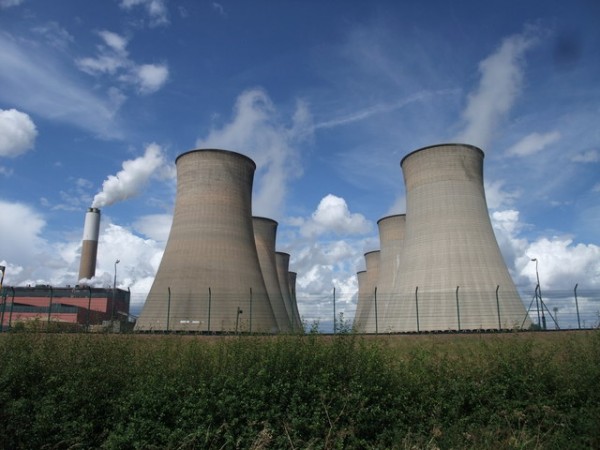By Ana Verayo, | January 09, 2016

The Anthropocene epoch reveals the extreme production of greenhouse gas emissions.
Scientists and experts believe that we are now entering a new geological epoch that marks how humans produce significant changes on Earth's ecosystems involving climate change, naming this era the Anthropocene.
Now, an international team of geoscientists believe that there are more than enough evidence that have become already quite overwhelming, where the Anthropocene Working Group had officially formalized this epoch.
Like Us on Facebook
The Anthropocene epoch signifies how human activities caused significant environmental changes to the planet unlike the Holocene, which marked the rise of domestication of land and urban settlements including sustainable resource development. The rise of the Anthropocene on the other hand, is a result from a population boom from extreme resource usage from the mid 20th century.
Scientists reveal that the environmental changes that were prevalent in the Anthropocene are due to the extreme human usage of plastics, pesticides, metal, reactive nitrogen and other toxic products that lead to more greenhouse gas emissions.
According to co-author of the study, Jan Zalasiewicz of the University of Leicester, these factors all strongly indicate the reality of the Anthropocene concept. After recent studies, scientists also discovered new mineral and rock deposits that are created that marks the spread of new materials all over the planet today. These unique materials include special concrete, elemental aluminum and new "technofossils" that are evolving now from plastics.
Researchers also consider the increasing presence of fossil fuel combustion that emits inorganic ash spheres and black carbon into the Earth's atmosphere. Apart from this, anthropogenic sediments also include enhanced erosion caused by road and construction developments along with prevalent deforestation.
Scientists also note the rise of radionuclides that are formed from nuclear testings in the Earth's atmosphere where 1950s and 1960s hydrogen bomb tests produced much radioactive fallout, that can also be used as a geological period indicator millions of years from now.
This new epoch establishes identifying the factors that occurred during a specific timeline and also determine this period when it officially began along with its crucial factors that also differentiate it from the last epoch.
This new study is published in the journal, Science.
-
Use of Coronavirus Pandemic Drones Raises Privacy Concerns: Drones Spread Fear, Local Officials Say

-
Coronavirus Hampers The Delivery Of Lockheed Martin F-35 Stealth Fighters For 2020

-
Instagram Speeds Up Plans to Add Account Memorialization Feature Due to COVID-19 Deaths

-
NASA: Perseverance Plans to Bring 'Mars Rock' to Earth in 2031

-
600 Dead And 3,000 In The Hospital as Iranians Believed Drinking High-Concentrations of Alcohol Can Cure The Coronavirus

-
600 Dead And 3,000 In The Hospital as Iranians Believed Drinking High-Concentrations of Alcohol Can Cure The Coronavirus

-
COVID-19: Doctors, Nurses Use Virtual Reality to Learn New Skills in Treating Coronavirus Patients







